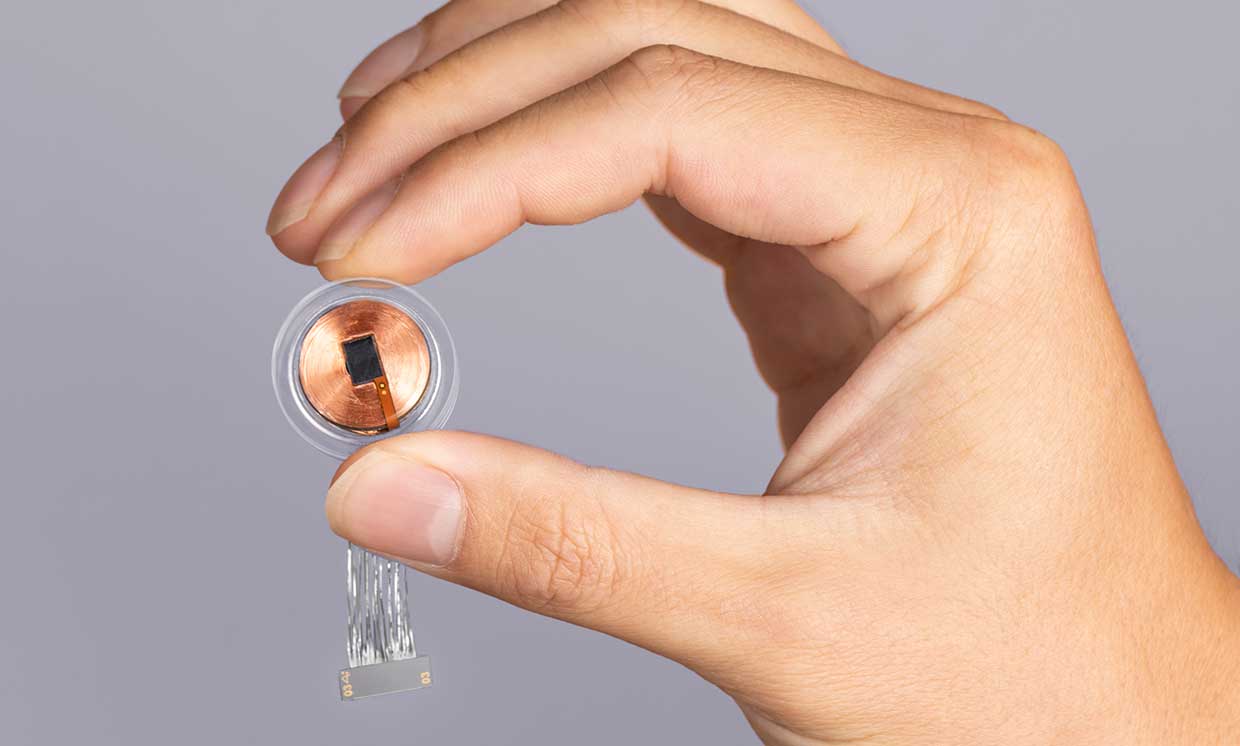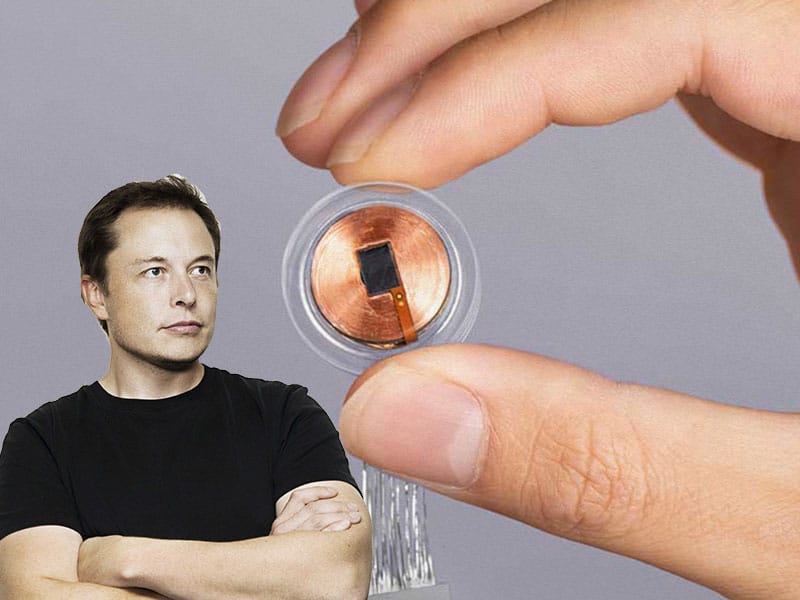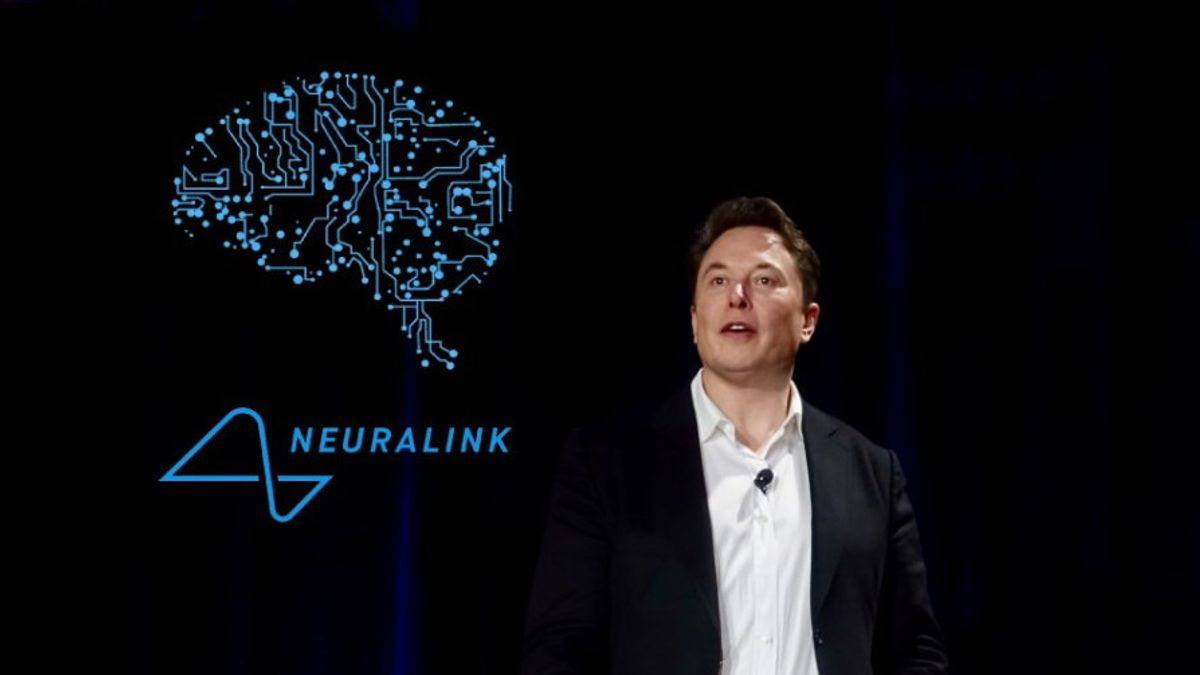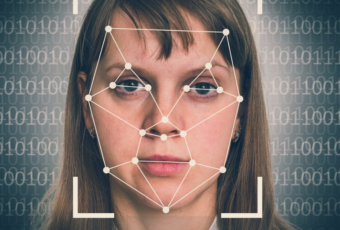
Neuralink Plans To Implant Chips Into Brains By 2022
Although this might seem like the plot of a science fiction movie, the date actually comes about two years later than Neuralink had originally hoped for. The device aims to allow patients that don’t have control over their limbs to be able to interface with a digital device with similar technologies.
This will allow quadriplegics to order shopping, browse the web, and communicate with other people all directly by using their brain waves. How wild is that?
The company has already demonstrated a monkey using its brain to play a video game, however Musk has shared that translating this accomplishment into humans has been quite the challenge.
Musk shared in an interview at the Wall Street Journal CEO Council Summit: “Neuralink’s working well in monkeys and we’re actually doing just a lot of testing and just confirming that it’s very safe and reliable and the Neuralink device can be removed safely.”

Elon Musk Explains His Ambitious Project
He continued: “We hope to have this in our first humans – which will be people that have severe spinal cord injuries like tetraplegics, quadriplegics – next year, pending FDA approval.”
The chip implants electrodes into the brain, specifically into the part that controls voluntary movement. This then connects to the Link, that then processes, stimulates, and transmits neural signals.
It can be charged through wireless charging from outside of the head and wirelessly connects to devices, allowing the user to control them without any need to touch inputs.
Musk explained: “I think we have a chance with Neuralink to restore full-body functionality to someone who has a spinal cord injury. Meaning I think we have a chance – and I emphasize a chance – of being able to allow someone who cannot walk or use their arms to be able to walk again, naturally.”
Neuralink are not the only ones attempting to make brain-interface devices a reality. Another company, BrainGate, gave a paralyzed man the ability to control a computer using just his mind.

This Could Have Many Implications For The Future Of Healthcare And Beyond







